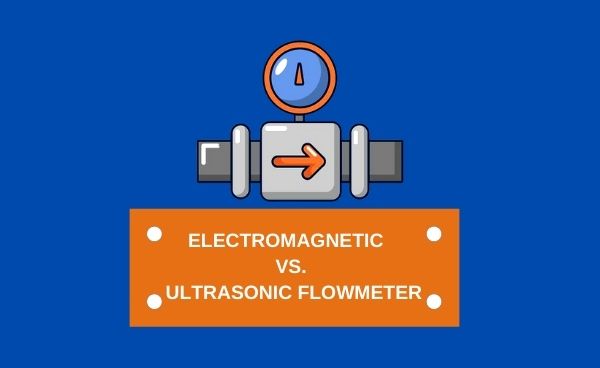Comparison between Electromagnetic Flowmeter and Ultrasonic Flowmeter
Water and wastewater Expert depends on accurate flow measurements for process operation . Selecting the right flow meter for particular application is the key to success while selecting the wrong one means nothing but trouble.
The right flow meter is essential for crucial flow data collection and the wrong one can lead to grief in the budget and costly lost production time.
In the Initial we need detailed knowledge of the application and the fluid being measured. It’s also necessary to understand the characteristics of different flowmeter types to determine a best fit. Electromagnetic flowmeter and ultrasonic flow meter are popular for use in the water industry.
Comparison between Electromagnetic and Ultrasonic flowmeter
| Electromagnetic Flowmeter | Ultrasonic Flowmeter |
| 1. Operating Principle | |
| Electromagnetic flow meters operate on the Faraday's low of electromagnetic induction. This principle basically states that as a conductor, such as water, moves through a magnetic field it produces an electrical signal. Full-bore magmeters use an electromagnet mounted on the outside of the pipe, perpendicular to the flow direction. As flow passes through the magnetic field, electrically charged ions accumulate, with negative ions on one side and positive on the other. The resulting change in voltage is directly proportional to the velocity of the fluid passing through the pipe, which can be converted to volume. Insertion magmeters operate a little differently. For an insertion meter, a very small, localized magnetic field is inserted into the pipe. | Ultrasonic flow meters use sound waves to measure the velocity of fluid flowing through a pipe and convert that data to volume. Two basic types of ultrasonic meters are transit-time and Doppler meters. Transit-time meters send ultrasound signals into the flow using transducers that are either clamped onto or inserted into the pipe at two locations. The difference between the time it takes for sound to travel upstream and downstream between the two sensors is directly proportional to flow velocity. Doppler meters use sound waves reflected off materials in the fluid, such as air bubbles or particulates, to measure flow velocity. |
| 2. Application and Limitation | |
| Both magmeter's and ultrasonic flow meters can be used for various water and wastewater applications, including measurement of sludges, slurries, and some chemicals. | |
| Magmeter performance is not affected by temperature, pressure, or viscosity. These meters can handle rapid changes in flow. They can accurately measure clean fluids like drinking water or those with heavy solids like sewage lift stations and biosolids facilities. However, magmeters cannot measure non-conductive fluids like oils, steam, or gases. Magmeters can measure flow going vertically or horizontally. With today’s high-resolution microprocessors, they can measure flows as low as 0.2 to 0.3 feet per second. | Transit-time ultrasonic meters can measure conductive and non-conductive fluids. These meters may have problems measuring fluids with suspended solids, debris, or air bubbles, which interrupt the path of the sound signal. Temperature compensation may be required to maintain accuracy. Corrosion, pitting, or biofilm buildup on the pipe wall can cause problems as well. Doppler meters need some type of material — air bubbles or solids — in the stream to measure flow. |
| 3. Installation Factors | |
| Ultrasonic and magmeters can both be installed on a wide variety of pipe materials and sizes, from ½-inch to over 100 inches in diameter. For tight sites or retrofit projects, magmeters require less straight pipe to avoid inaccuracies from flow disturbers. A full-bore magmeter only needs one diameter length upstream and two downstream, whereas the ultrasonic meters typically need five upstream and 10 downstream. Insertion-type magmeters offer the ability to install the meter with a hot-tap for cases where shutting down the process is undesirable. An important consideration for magmeter installation is to ensure an electrically quiet atmosphere, with good grounding and shielded cables. | Transit-time ultrasonic meters can be clamped on or hot-tapped into the pipe. Coatings must be removed from the outside of the pipe and a material added between the pipe and sensor. The exact thickness and material of the pipe must be known in order to obtain desired accuracy. |
| 4. Maintenance | |
| Magmeters have no moving parts and require no maintenance. | Ultrasonic meters are also devoid of moving parts. The clamp-on types require a material between the sensor and the pipe to properly transmit the sound. This material degrades over time and needs replacement. Also, the clamps must occasionally be tightened. Both types of meters have problems with lightning strikes and power surges. |
| 5. Accuracy | |
| Magmeters are highly accurate, with inaccuracies of ±0.5 percent of rate or less. | Transit-time ultrasonic meters have inaccuracies of ±1 to 2 percent of rate. |
| 6. Cost | |
| EMF price is cheaper in smaller diameter and costlier in larger diameter | UFM price is costlier in smaller diameter and cheaper in larger diameter |
| 7. Pipe Diameters | |
| Available for pipe diameters from 1/10” to 120” | Operates on pipe diameters from 1/2” to 200” (may require 2 or 3 different sets of transducer depending on pipe size and range transducers cover) |
| 8. Pressure drop | |
| Magnetic flow meters also provide no pressure drop if you are installing a meter the same size as the line size | Zero pressure drop |
| 7. Communication Protocol | |
| Available in a wide variety of communication protocols (Transit Time) | Available in a wide variety of communication protocols (Transit Time) |
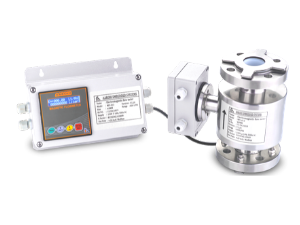
- How do you troubleshoot 3 phase AC motor?
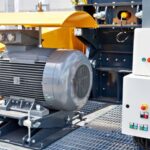 The table presented below provides a comprehensive insight into the…
The table presented below provides a comprehensive insight into the… - Types of losses in Induction Motor
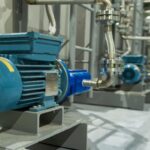 The losses in induction motor are broadly categorized into two…
The losses in induction motor are broadly categorized into two… - 5 Symptoms Of Failing Electric Motor Rotor
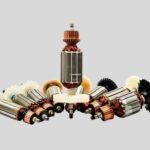 Motors are used everywhere in industrial environments and they are…
Motors are used everywhere in industrial environments and they are… - Comparison between servo motor vs induction motor
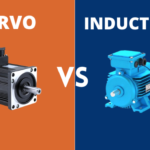 The Technological lines separating induction motors from servo motors are…
The Technological lines separating induction motors from servo motors are… - Comparison between Electromagnetic Flowmeter and Ultrasonic Flowmeter
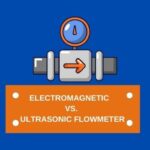 Water and wastewater Expert depends on accurate flow measurements for…
Water and wastewater Expert depends on accurate flow measurements for… - How do IP protection ratings work?
 How do Ingress Protection ratings (IP) work? IP Protection ratings…
How do Ingress Protection ratings (IP) work? IP Protection ratings…

